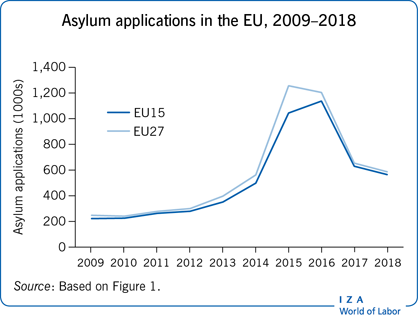Elevator pitch
The migration crisis of 2015–2016 threw the European asylum system into disarray. The arrival of more than two million unauthorized migrants stretched the system to its breaking point and created a public opinion backlash. The existing system is one in which migrants risk life and limb to gain (often unauthorized) entry to the EU in order to lodge claims for asylum, more than half of which are rejected. Reforms introduced during the crisis only partially address the system's glaring weaknesses. In particular, they shift the balance only slightly away from a regime of spontaneous asylum-seeking to one of refugee resettlement.

Key findings
Pros
The European migration crisis of 2015–2016 accelerated the reform of EU asylum policies.
Asylum reforms include increased harmonization of rules and procedures across member states.
The EU has agreed on relocating asylum seekers between countries.
A new agency has been established to strengthen control of the EU’s external border.
The EU has expanded its commitment to resettling refugees directly from origin regions.
Cons
New policies do not fully address the weaknesses exposed in the 2015–2016 crisis.
Increased policy harmonization has not evened out the migrant “burden” between countries.
Relocation of asylum seekers has fallen short of modest targets.
Improved border controls have not succeeded in stemming the flow of irregular migrants.
Very modest progress has been made in shifting from a regime of spontaneous asylum-seeking to one of resettling refugees directly from origin regions.